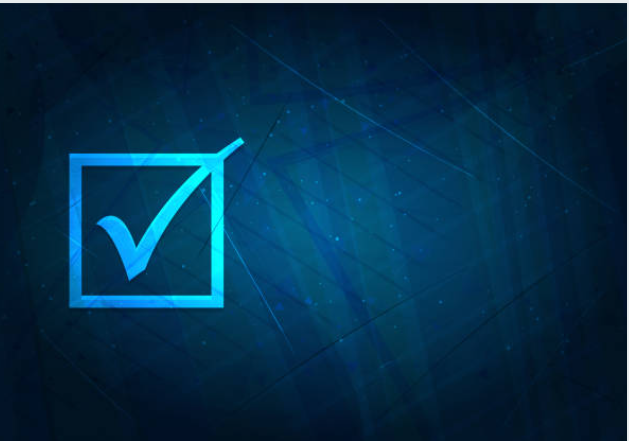It seems like just yesterday the pandemic was fanning the flames on the importance of post-closing reverifications of income and employment. While some of that economic volatility has settled down, two years later reverification is still just as significant but for different reasons.
In a purchase market, one that’s forecasted to grow 9% this year*, heightened fraud risk comes with the territory. Pair that up with recent trends showing a rise in transaction fraud between 2Q2020 and 2Q2021**, as well as a three-fold rise in income and employment fraud between full-year 2020 and 2021***, and you’ve got a perfect storm of events.
One way to understand the quality of these complex transactions more closely and surface fraud risk is to well-document income & employment reverifications during the Pre and Post-closing QC process.
How can you best execute these controls? Automation!
But before loans even get into the QC process, you need to train, advise production staff to slow down and take the time upfront to go back to the borrower regarding missing documentation. For example, if there was an income decline ensure that there is an explanation along with it. Investigate if multiple bank accounts were not disclosed. And, examine if fluctuating income was the result of the normal ebb and flow of business.
Once in QC, automation first helps identify missing documentation to ensure there’s a 360-degree look at the loan file to verify the data used in underwriting is consistent across the board. For instance, was income stated the same across paystubs, w2s and the mortgage application?
It also adds workflow and controls, providing the processer with a queue of the required documents necessary to create and send the reverification. Think “build and go” whereby the automated QC system creates the forms that will be sent out to employers and banks, redacts personally identifiable information (PII), and attaches the unique loan identifier to it for the QC file. A seamless process for reverification teams.
Once the documents are returned, which typically averages anywhere between as little as 1 day to a full 30 days depending on the ideal method for delivery, and checked for validity, the paper responses are scanned and electronically appended within the loan file using the unique identifier previously assigned by the loan quality management platform used in the process. Any phone calls or emails made in the reverification process can also be easily annotated to the loan file.
Taking the fraud analysis a step further, reverifications can also incorporate the review of tax transcripts into the post-closing process. An automated validation service verifies income against certified IRS data, giving lenders and investors the confidence that borrower provided tax documents are valid.
Automating this process also helps QC managers track reverification staff productivity to ensure results are making their way into the system in a timely manner to identify risk and quality issues.
The last two years have certainly shone a light that while perhaps a tedious cumbersome part of the process, reverifications are ever important. On average, 3 reverifications are needed on each loan. That’s why shoring up controls with a solid QC system or third-party service makes good business sense.
*”Mortgage Finance Forecast and Economic Forecast,” October 2021 | **CoreLogic 2021 Annual Mortgage Fraud Report | ***”General Session Fraud Update,” MBA RMQA 2021

